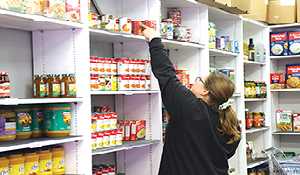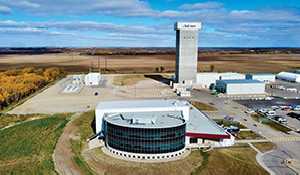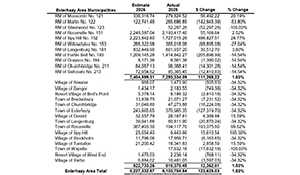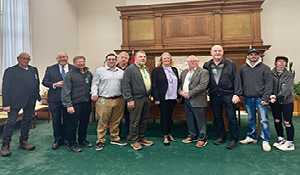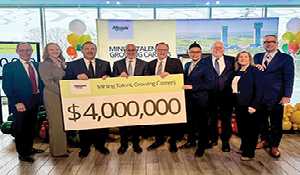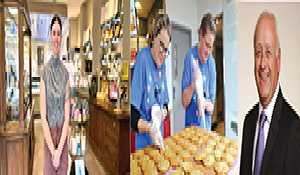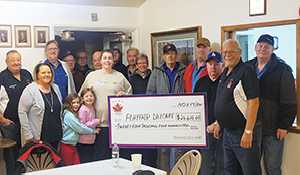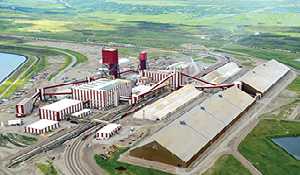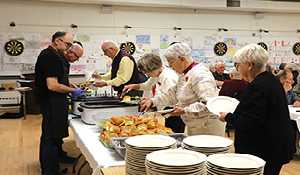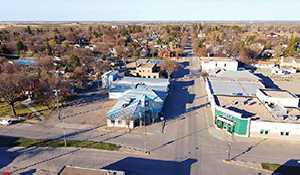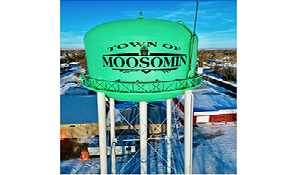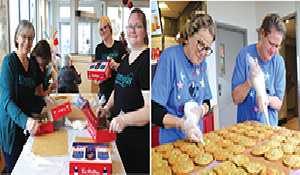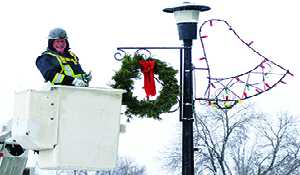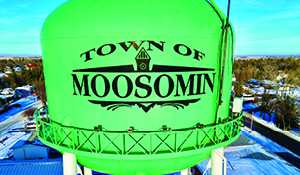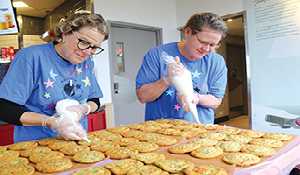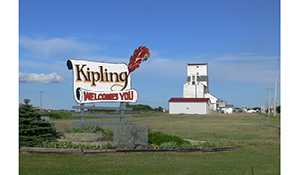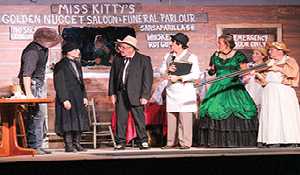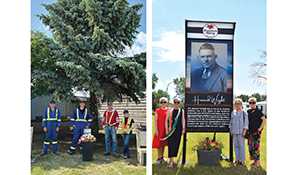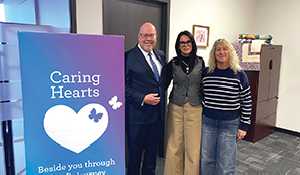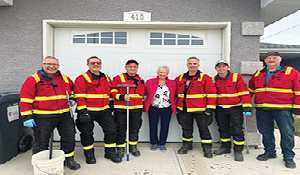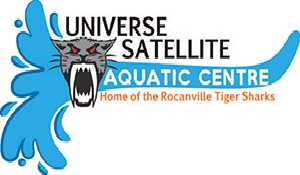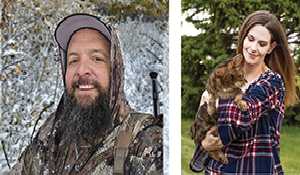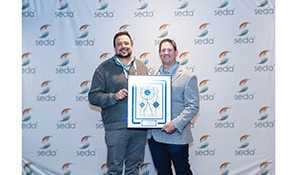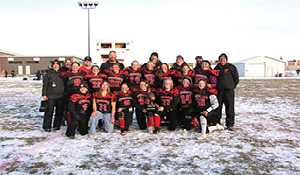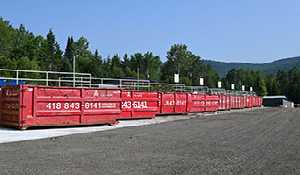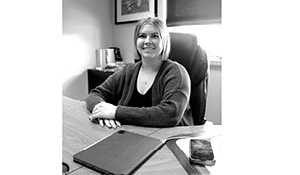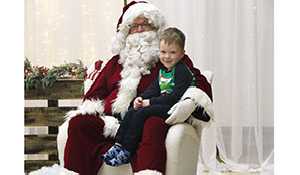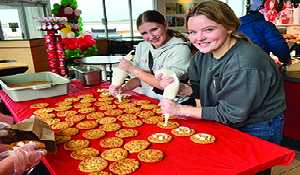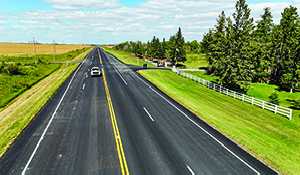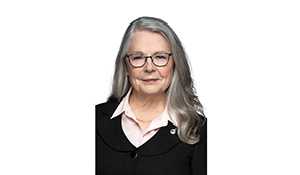Mosaic Esterhazy successful showing at Saskatchewan Mining Emergency Response Competition
June 16, 2025, 12:20 pm
Ashley Bochek
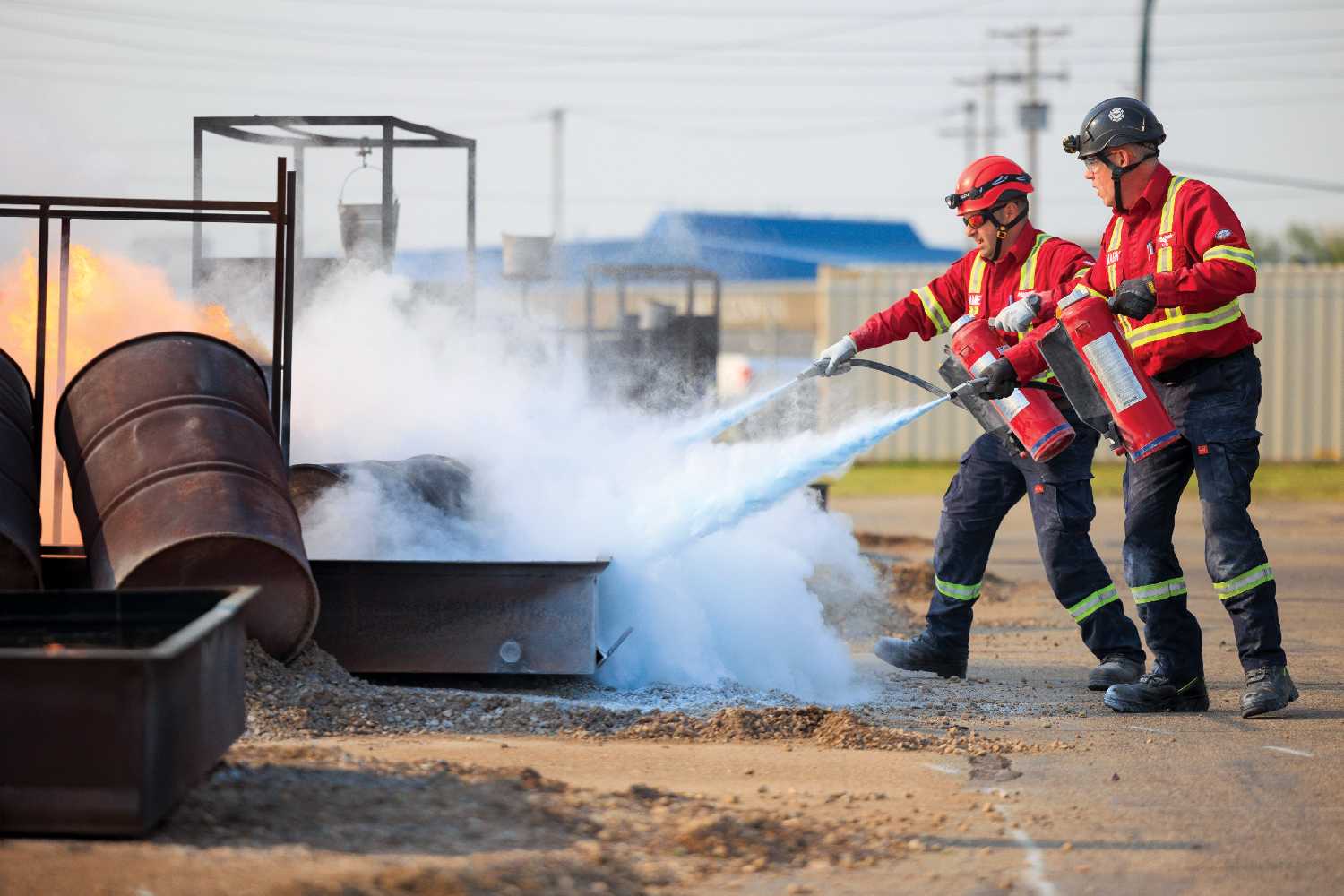

The Saskatchewan Mining Association held their 55th Annual Emergency Response and Mine Rescue Skills Competition in Saskatoon June 7.
Vince Kitzul, captain of Mosaic Esterhazy’s Surface Team, comments on the team’s success at the competition.
“My name is Vince Kitzul. I live in Bredenbury and serve on my local fire department there. I have been doing Mosaic Emergency Response for 14 years and on my local fire department for about 16 years.
“I grew up on a farm two miles west of Bredenbury. My dad worked at Mosaic for 40 or more years and my uncle worked at the mine too so then I got into it—I guess you could say it is a family tradition.”
Kitzul explains he has been working at Mosaic for over two decades. “I am a journeyman mechanic at K1 facility on surface. There is lots of maintenance on different types of machinery such as belts, conveyors, drags, all kinds of stuff. I have been a mechanic for 22 years with Mosaic.
“I was asked one day if I was interested in joining emergency response and it went from there.”
He says the emergency groups train together at least once a month.
“We usually get together once or twice a month on site or sometimes they will send us off-site for different kinds of training that is more specialized, wearing hazmats, stuff that takes more experience, but lots of times they will bring people in for specialized training.”
SMA Competition
Kitzul says this year was the surface team’s third year attending the Saskatchewan Mining Association (SMA) competition.
“This would be our third year going as a surface team out of Esterhazy. It’s a first-class event they put on in Saskatoon. It is well run and very realistic.
We have had some different scenarios—one year we had a helicopter crash that we had to respond to—it entails every situation that you could potentially run into.”
He says making a detailed plan for the rescue is crucial during the different events. “Teamwork is huge, but a lot of times I think it’s remaining calm and looking at what needs to be done in the moment and in the situation. So you have to stop and take a breath and look at the big picture to see what you need to accomplish in order to get the same result—taking a step back and making a good solid plan.”
Kitzul led the surface team as captain for the third year.
“I was the captain of the surface team,” he said. “This was my third year as captain. I really enjoy it. When you enter these competitions especially, lots of members on this team are from their local departments in their communities so it is the best training you can get under pressure. You really can’t beat that.”
Successful competition for Mosaic
Kitzul says his team won four events.
“We won our surface problem, our rope rescue, our firefighting, and the proficiency event—which is the Friday before the competition you will write a firefighting exam. On the Saturday we will do a gas test exam then bench test which this year was putting our breathing apparatus on and doing proper steps there. Then we were overall surface winner as well.”
Kitzul explains the different challenges of each event.
“In the confined space they had a trailer set up and it was a worker that went down in an H2S environment so the team members had to do air monitoring and go in under with their breathing apparatus on to rescue the worker.
“Rope rescue they had a big scaffolding set up there and our job was—they had one live casualty hanging off the side so we had to set up a system to get them down and free him. Then, they had two other casualties hanging off the other side one within a basket and it was supposed to have been a rescue that had gone wrong so we had to gain access to those casualties and then lower them to the ground so we had to set up a system for that. Firefighting we had to put out three class B fuel fires with our extinguishers.
“Our first aid scenario we walked into that one and it was a truck and trailer that had collided with a drone so in that situation there were three casualties on scene so we had to do a safety plan and deal with that.
“Our surface event was two workers that fell off the scaffolding so we had to set up systems to help them.”
Teamwork
Kitzul says he was confident in his team going into the competition in Saskatoon.
“It was shocking to win. We had a very good team. I knew going into it that I had a very good team working with me, and they made being the captain very easy, but there were some very good teams there with a lot of experience and a lot of knowledge about the competition and responding to situations, so we were extremely happy to win. We knew we had a good team you just never know how the day is going to play out.”
He says his teammates also train and volunteer at their local fire departments.
“We have a lot of experience on the team. We all have our training at Mosaic, but we also train in our local communities and I think that is huge. Mosaic gave us two weeks to train specifically for this event and it is hard because you don’t know exactly what situation you are walking into, so you just try to touch on as much as you can and hope you’re as prepared as you can be.”
Kitzul explains his team was made up of Mosaic Esterhazy employees from K1 and K2 mines.
“They did an in-house competition. Our team is comprised of members from both sites—because we can send one surface team for two sites so we had members from K1 and K2. Normally, we don’t train together we do a few cross-training days where we do get to train together, but we picked a couple from each site and made a team. We had four K1 and three from K2.”
Kitzul says Fernie has held the national competition in previous years.
“I believe this year there is not a next step. They cancelled the national competition which they normally do. Fernie used to hold it and I am not sure exactly what happened. I know there was talk of bringing it to Saskatchewan and this SMA (Saskatchewan Mining Association) event is very well run. So hopefully in the future that is what happens, but as of this year there is no plan to move on.”
What to expect at SMA competition
Kitzul explains the competition SMA holds in Saskatoon at Prairieland Park.
“They have two mines set up there. When we go in on Saturday we go into a lock-up—all the teams, surface and underground, go into the lock-up and then we have a guide that takes us to our event and then back to lock-up.
“I can speak to the surface ones because that is all I get to see, but we don’t get to see the underground ones, but Prairieland Park is a fantastic place to hold it. They have two first aid, our surface problem, our confined space, they have two mines set up. There is a lot happening on the Saturday of the competition. There are always a lot of spectators which adds a bit more pressure, but also makes it more exciting too.”
Kitzul says the competition promotes some of the best training for Mine Rescue and Emergency Response.
“These competitions are probably the best training we get all year and even the training that leads up to it is good, but you also get to meet other teams and see how they trained or how they handle emergency situations because there are different ways to handle the same problems so that is always good to see.
“The surface teams are from Saskatchewan so Cameco Key Lake, K&S Potash out of Bethune, Mosaic Belle Plain was our other Mosaic team, Westmoreland which is a coal mine, and then us, and Nutrien had a team out of Patience Lake by Saskatoon.”
